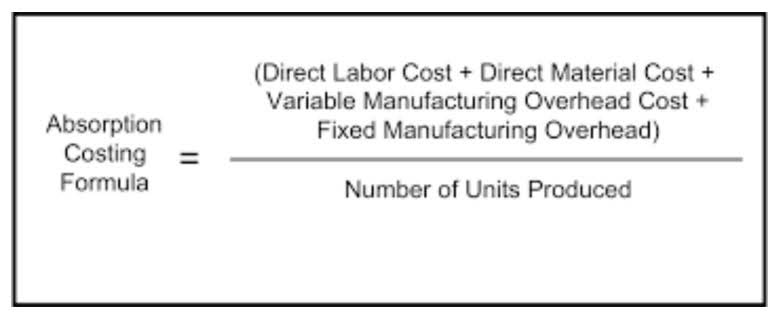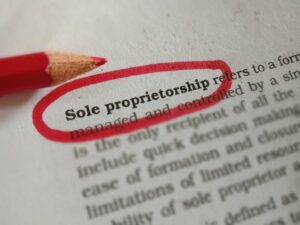
Or, the responsibility can transfer to the buyer once he or she receives the goods if there is a FOB Destination agreement in place. We always needed, however, one pallet of books shipped to our offices for direct sales and marketing purposes. The FOB destination terms included the stipulation that the printer delivered to one address and having them split the order in San Diego was a significant extra expense for us. Also regularly notated as “FOB Place of Destination,” FOB Destination appoints the liability and ownership of products in transit to the seller (the shipper) until they are received by the buyer (the consignee). Under this term, the seller of a shipment maintains its ownership until it delivers, making them responsible for any lost or stolen products. Although this industry has a lot of depth, some things are more important to understand than others.
Who Retains Risk in FOB Shipping Point?

An “FOB San Francisco” shipment means you’re responsible for shipping them from San Francisco to Dallas and own the goods when the shipping company picks them up. Mike started with ATS in 2011 and was onboarded as a carrier representative covering loads. A year later, he transitioned into sales, and in 2015 he moved into management. Mike has a passion for helping customers and employees by finding unique solutions to their problems.
- Real-time tracking of the shipment is also crucial to ensure timely delivery and avoid unnecessary delays.
- As opposed to “delivered”, which means that the seller bears all risks and costs until the goods get to the buyer’s destination.
- For instance, if the seller chooses F.O.B. shipping point, they may be able to recognize revenue earlier, as ownership of the goods is transferred at the point of shipment.
- Buyers can calculate the total costs of a FOB agreement by combining the FOB price from the seller and requesting a quotation from their freight forwarding company for the logistics.
- Understanding Free on Board (FOB) is crucial for businesses engaged in domestic and international trade.
What is FOB destination?
Importers lacking experience in FOB shipments are encouraged to tell their logistics company so the forwarder can walk them through the process more thoroughly and fully know what to expect before starting the shipment. In 1989 he started his own business as an independent consultant and educator assisting exporters and importers in the “back office” side of their businesses. In all, he has directly controlled and co-ordinated many tens of thousands of shipments of a very wide variety of products coming and going all round the world. Clearly, the seller would still have the risk of loss or damage to the goods, so the seller might like to investigate a contingency policy for marine cover.
- Shipping costs are reduced, but fewer buyers are willing to accept shipping point terms, especially on large or fragile orders.
- In an FOB Shipping Point agreement, the transfer of ownership happens the moment the goods are loaded onto the transportation vehicle at the seller’s location.
- Another factor to consider when choosing between F.O.B. shipping point and destination is the impact on accounting and tax implications.
- FOB Incoterms are also the most cost-effective option, as it allows the buyer to shop for the best possible shipping rate.
- Only the most enthusiastic lawyer could watch with satisfaction the spectacle of liabilities shifting uneasily as the cargo sways at the end of a derrick across a notional perpendicular projecting from the ship’s rail.
- This means the seller bears the risk of loss, damage, or destruction during transit, which can impact their reputation and profitability.
Additional Shipping Terms

Instead, the manufacturer retains ownership of the equipment until it’s delivered to the buyer. Both parties don’t record the sale transaction in their general ledgers until the goods arrive at the buyer’s location. Additionally, if the goods are damaged in transit, the seller is responsible for replacing them at their own expense. One common misunderstanding surrounding F.O.B. shipping point is that it refers to the destination where the goods are being shipped.
Simone Biles and Leon Marchand headline memorable moments at the halfway point of the Paris Olympics
As opposed to “delivered”, which means that the seller bears all risks and costs until the goods get to the buyer’s destination. While FOB shipping point does transfer risk to the buyer, it may affect a seller’s reputation and sales conversion rate. Shipping costs are reduced, but fewer buyers are willing to accept shipping point terms, especially on large or fragile orders. CIF means “cost, insurance, and freight.” Under this rule, the seller agrees to pay for delivery of goods to the destination port, as well as minimum insurance coverage. There are 11 internationally recognized Incoterms that cover buyer and seller responsibilities during exports. Some Incoterms can be used only for transport via sea, while others can be used for any mode of transportation.
Get a demo of Freightos.com’s Enterprise Shipper capabilities

At this point, the legal title, the rights that come with that title, and risk of loss passes from seller to buyer. From there, the container may well be moved to a terminal or container yard (CY) contracted by the shipping line in the port, awaiting the arrival of the vessel to be loaded. A buyer can save money by using FOB Destination since the seller f.o.b. point assumes costs and liability for the transportation. However, the disadvantage for the buyer is the lack of control over the shipment, including shipment company, route, and delivery time. It is much easier to determine when title transfers by referring to the agreed upon terms and conditions of the transaction; typically, title passes with risk of loss.

Access trade, receivables and supply chain finance
Once the cargo leaves the seller’s warehouse, the buyer is in possession of the load, and can better control the successful outcome of their shipment. In the Incoterms® 2020 rules, as in previous versions, FOB requires the seller to place the goods on board the vessel nominated by the buyer. From that point on risk of loss or damage to the goods transfers to the buyer. “On board” is no longer defined as placing the goods “across the ship’s rail” and, in fact, is not defined any further as it will be a matter for the contract to specify depending on the nature of the goods. In FOB shipping points, if the terms include “FOB origin, freight collect,” the buyer pays for freight costs.
Create a Free Account and Ask Any Financial Question
Despite having the risk of loss or damage to the goods from the delivery point, the buyer does not have an obligation to the seller to insure the goods. In all the rules, the seller bears all risks of loss or damage to the goods until they have been “delivered” in accordance with A2 described above. There is still a belief that the ship’s rail is the defining point for delivery under FOB (i.e., before the notional vertical line above the rail is the seller’s cost and risk and after is the buyer’s cost and risk). Interestingly, the delivery requirement was that the seller must simply deliver the goods on board, but the cost split was that the seller bears all costs and risks until the goods have “passed over the ship’s rail”.
Responsibility for the goods is with the seller until the goods are loaded on board the ship. FOB is a widely used shipping term that applies to both domestic and international transactions. It’s an agreement between the buyer and seller that specifies when the ownership and liability for the goods being shipped transfer from the seller to the buyer. FOB terms are typically included in shipping orders and contracts, detailing the time and place of delivery, payment terms, and which party handles freight costs and insurance. It is important to note that F.O.B. shipping point is different from F.O.B. destination. In F.O.B. destination, title and ownership of goods transfer to the buyer only when the goods reach their destination.
Incoterms for transport via sea and waterways
Imagine you’re a small business owner who secures a deal to import antique furniture from an overseas supplier. You see the term “FOB shipping point” in the contract but, unsure what it means, you sign away. Unless there are additional terms in the shipping agreement, buyers handle any freight charges for FOB shipping point goods from when the shipping vessel departs to when they receive their purchase. In FOB agreements, the responsibility for shipping transfer to the buyer as soon as the goods leave the seller’s location under FOB Shipping Point.




